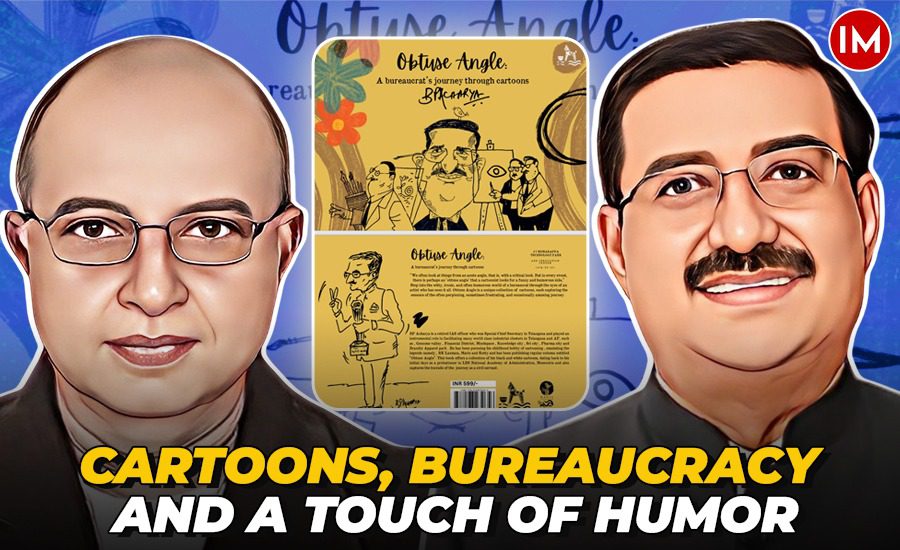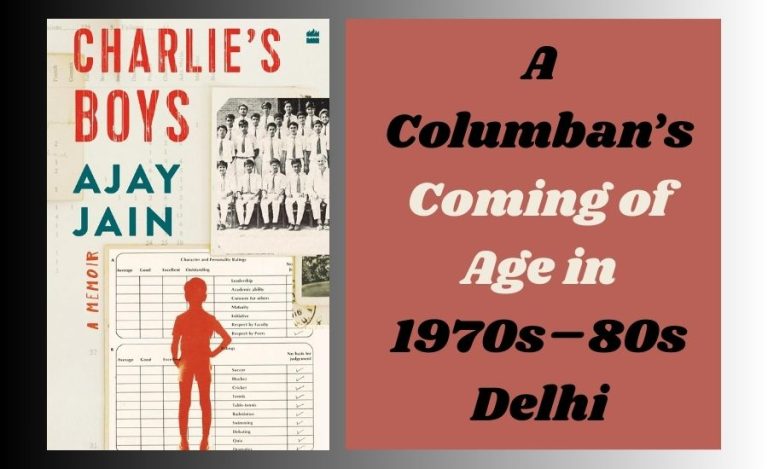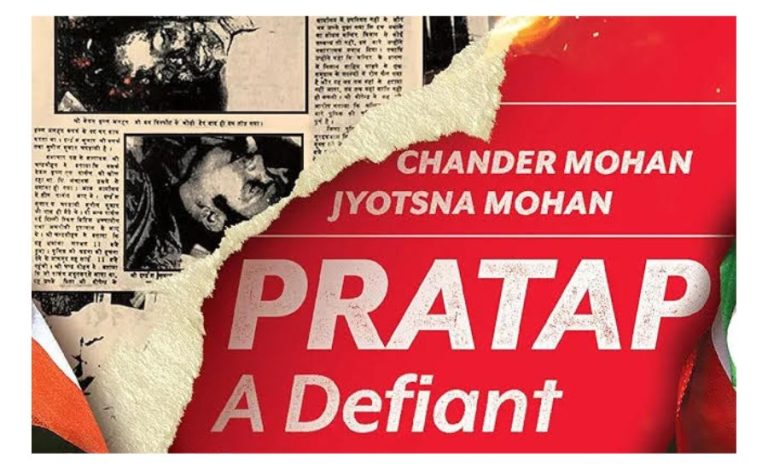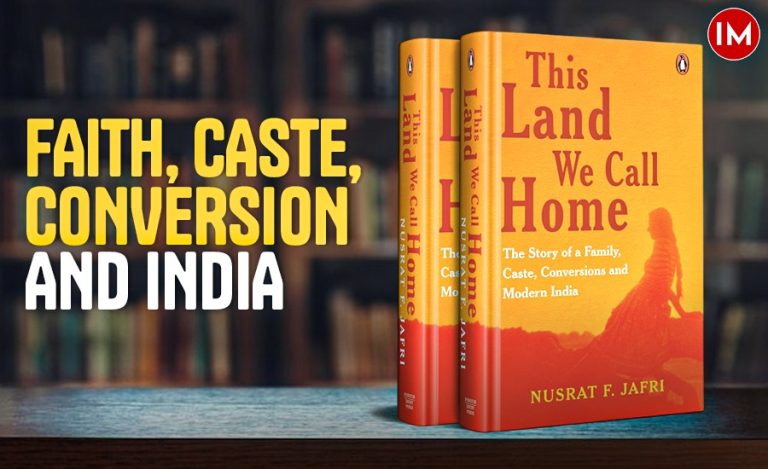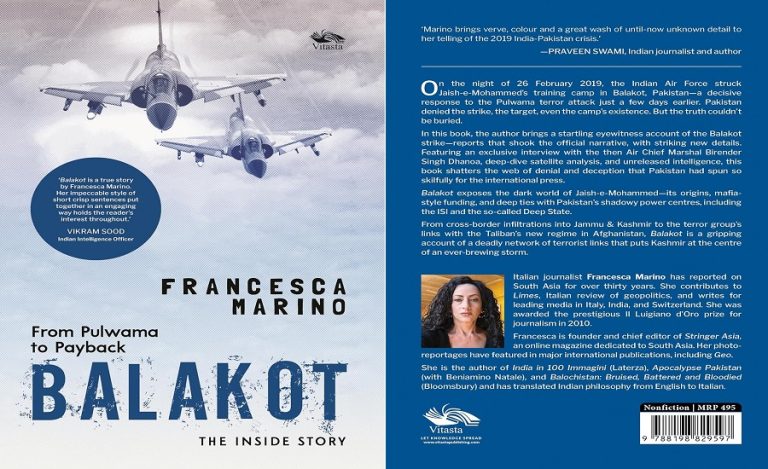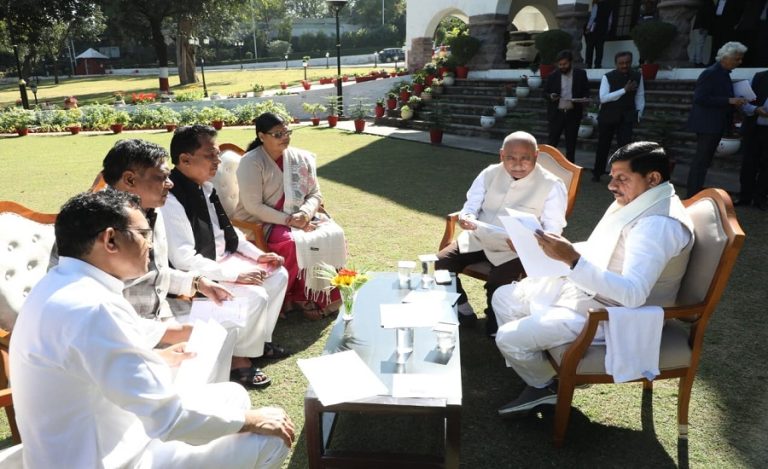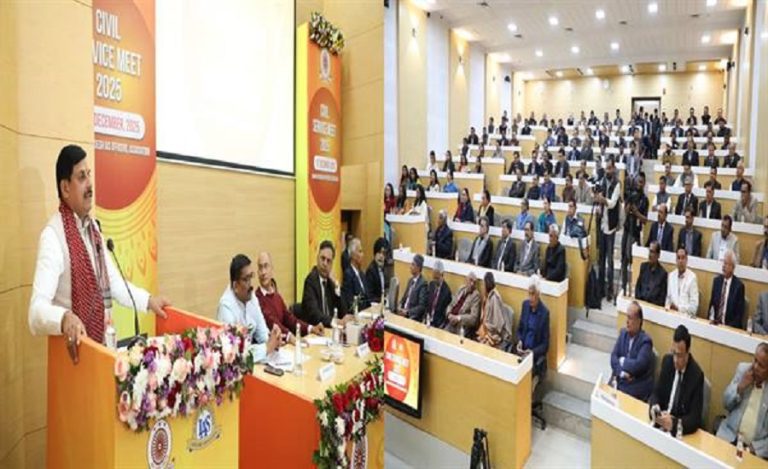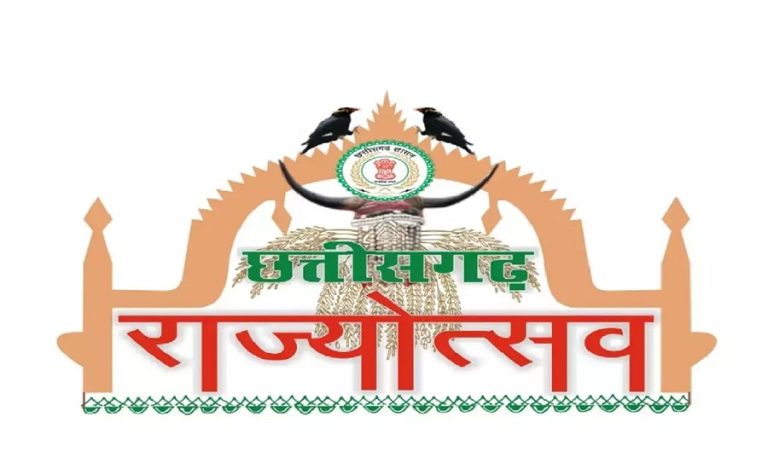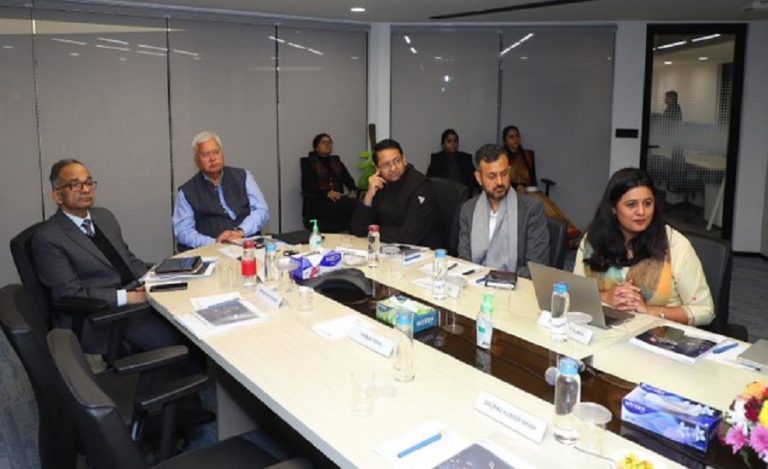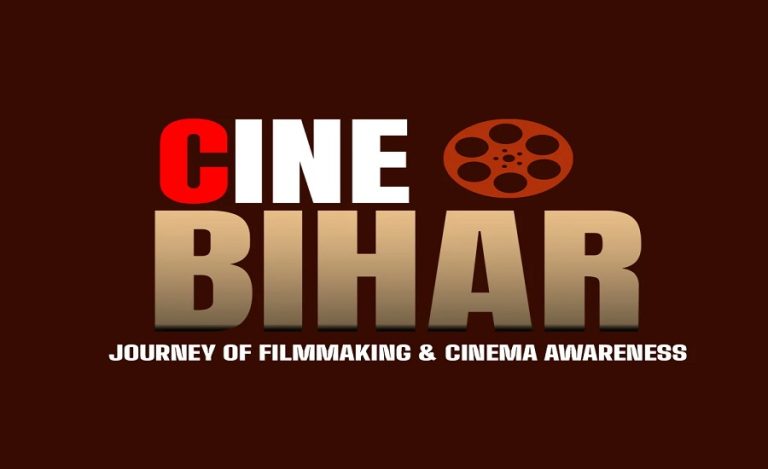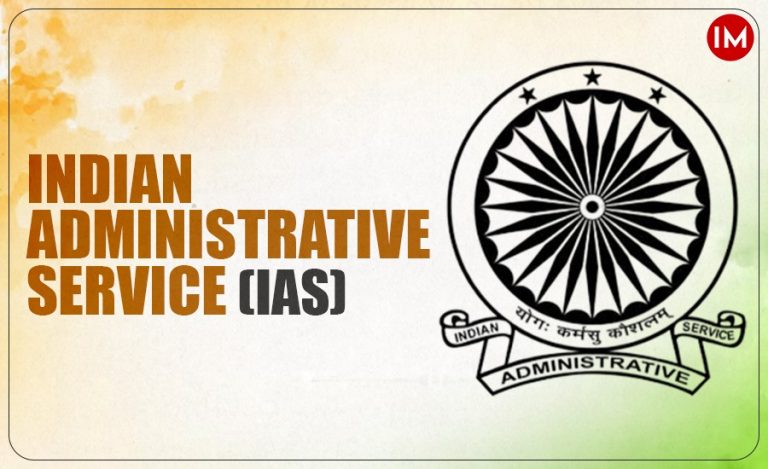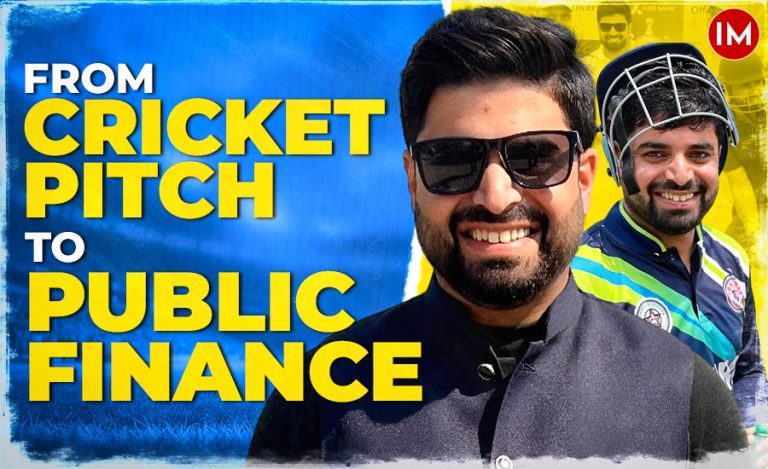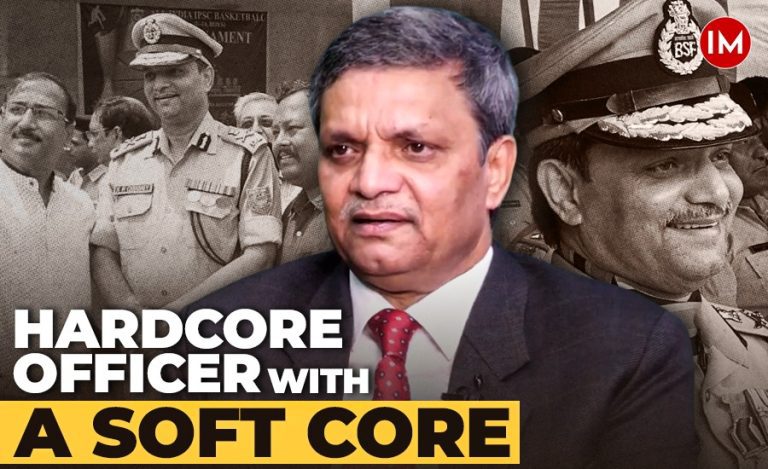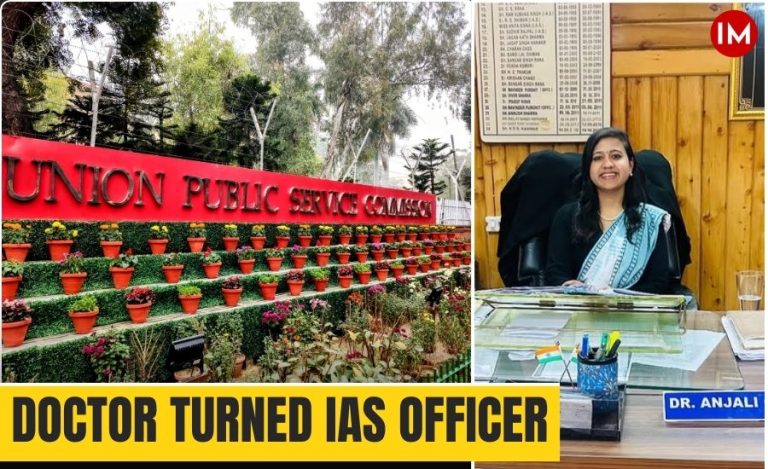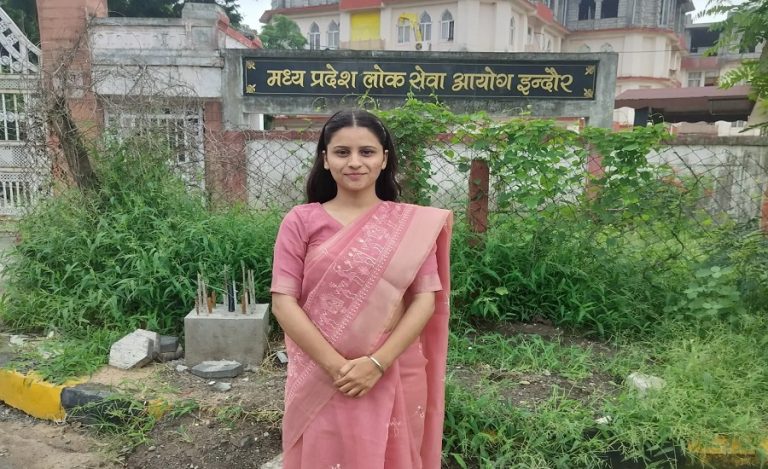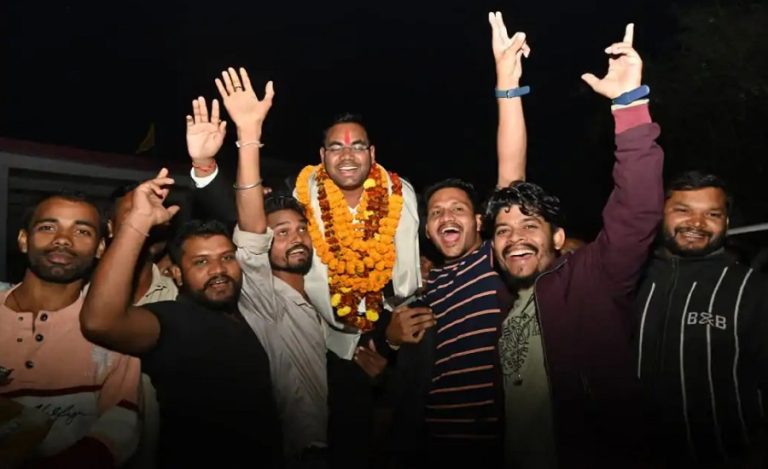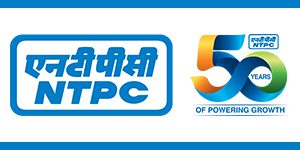Civil servants, especially after retirement from senior echelons of the government, have been writing like never before. In an essay published recently in The Statesman (From File Notings to Fine Literature, February 6, 2025), I sought to understand what motivates civil servants to wield the pen and, on a rough count, identified well over a dozen authors from amongst my batchmates and close colleagues who have brought out a book in very recent times.
But the author of the book under review, B.P. Acharya, who retired from the IAS as a Special Chief Secretary to the Government of Telangana, has not followed the well-trodden path. He decided to express and share his views on life and reality through sketches in the form of cartoons. This is an innate skill that he has honed over time and, in the process, succeeded in creating a distinct identity in his chosen field. With R.K. Laxman as his mentor, he has developed his own style that bears certain identifiable characteristics.
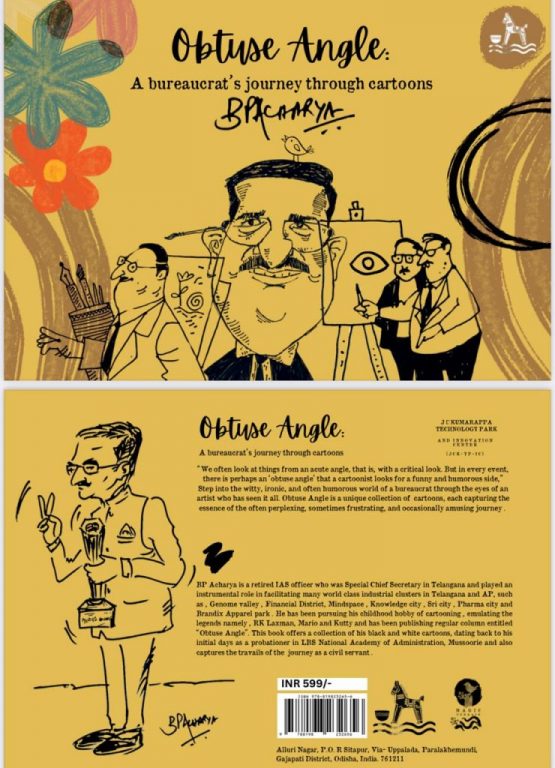
Cartoons have been broadly defined as a kind of visual and commercial art ‘that is typically drawn, frequently animated, in an unrealistic or semi-realistic style’, or is projected in an exaggerated form, primarily ‘intended for satire, caricature, or humor’. From Shankar and Kutty to Laxman and Abu Abraham, the number of acclaimed cartoonists in India, as in the Western world, is legion. Unfortunately, civil servants take themselves too seriously, often bereft of the capacity to laugh at themselves. Besides, the constraints of Conduct Rules prevent them from making light of their political superiors too.
Acharya, in that sense, belongs to a rare breed of civil servants. However, his long exposure to the disciplines of bureaucracy has ensured that he never goes overboard. His cartoons, therefore, are gentle, and marked by sobriety. Even the caustic ones do not cross the levels of decency.
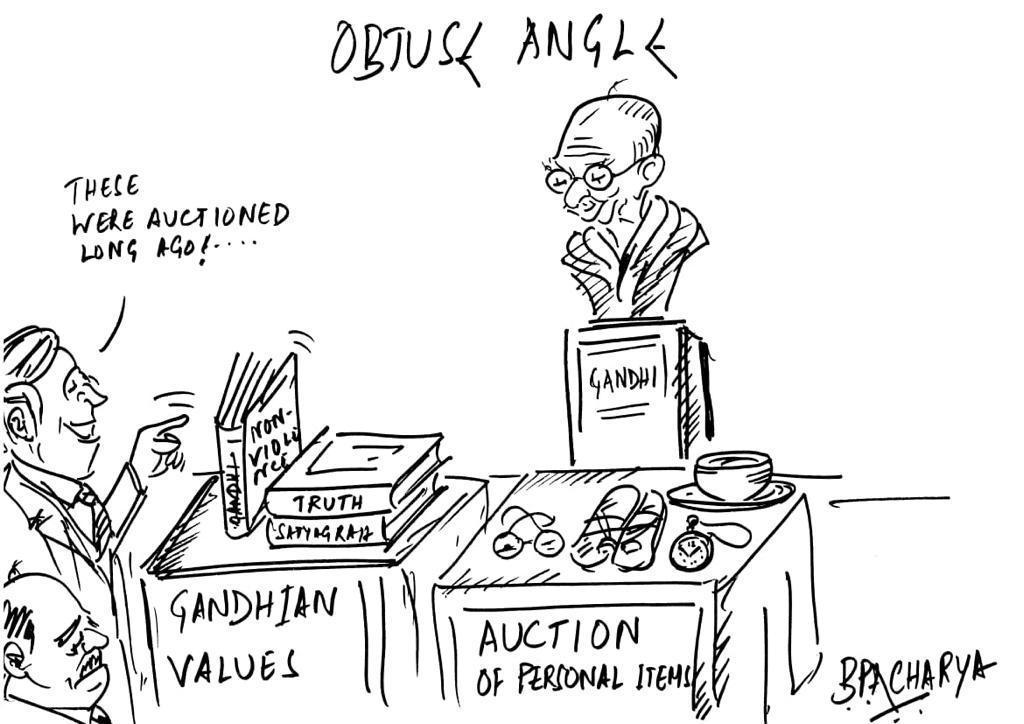
The book compiles 188 carefully selected cartoons, divided into five chapters, namely, Mussoorie Miscellany, Obtuse Angle, It’s Economy, Stupid!, Medley, and Autumn Sonata. Most of these had earlier been published in newspapers or magazines. The book starts with his days as an IAS probationer in Mussoorie in 1983 and ends over four decades later with a cartoon of the just-departed Prime Minister Manmohan Singh with P.V. Narasimha Rao. Dedicated to R.K. Laxman and Sankaran Kutty Nair, it begins with an introduction [explaining the title Obtuse Angle] and ends with an interview where Acharya talks about his evolution as a cartoonist and about the problems cartoonists face whenever society turns intolerant of decent humor.
The book’s strength cannot be conveyed through a review. To enjoy its worth and uniqueness, one has to buy the book and savor its contents. One hopes that Acharya’s success will inspire other budding cartoonists in the tribe of civil servants.
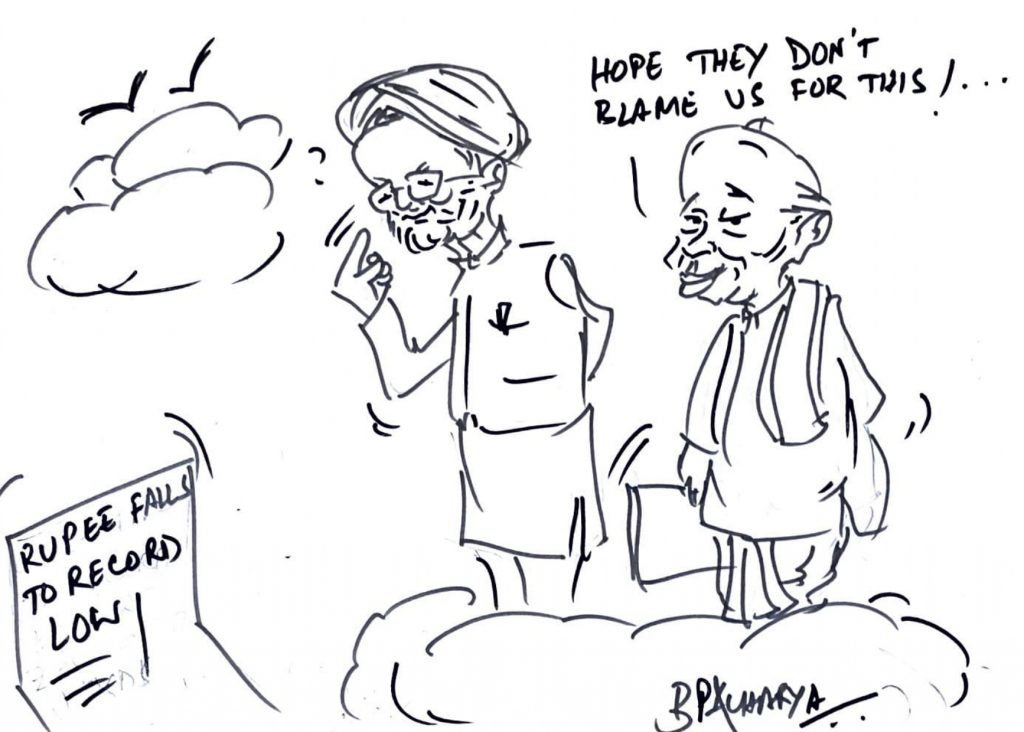
Amitabha Bhattacharya
Obtuse Angle: A bureaucrat’s journey through cartoons by B.P. Acharya, J.C. Kumarappa Technology Park and Innovation Center, India (2025), 195 pages, ₹ 599.
Amitabha Bhattacharya retired from the IAS as a Principal Adviser in the Planning Commission, New Delhi. He had also worked with UNDP and in the private sector. He writes on issues of public interest.

